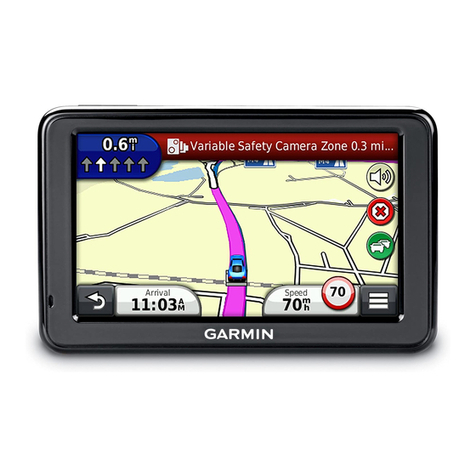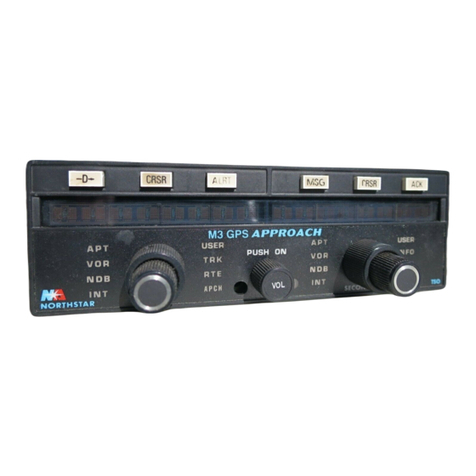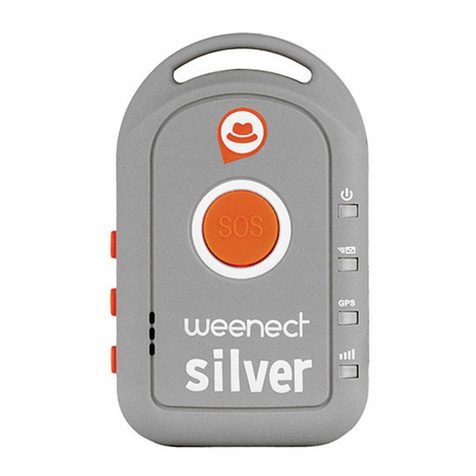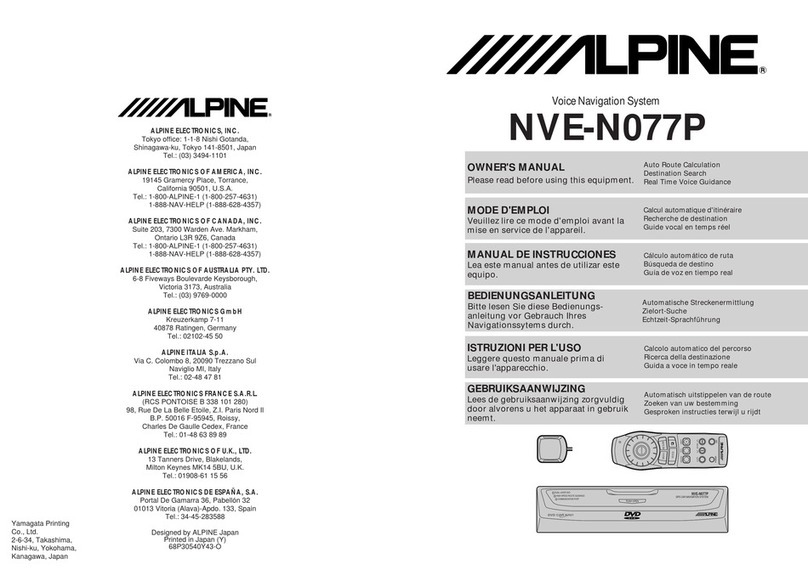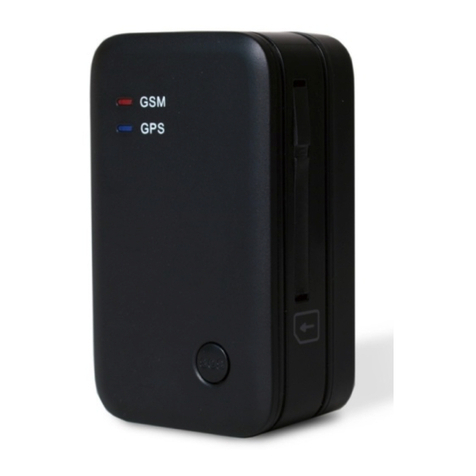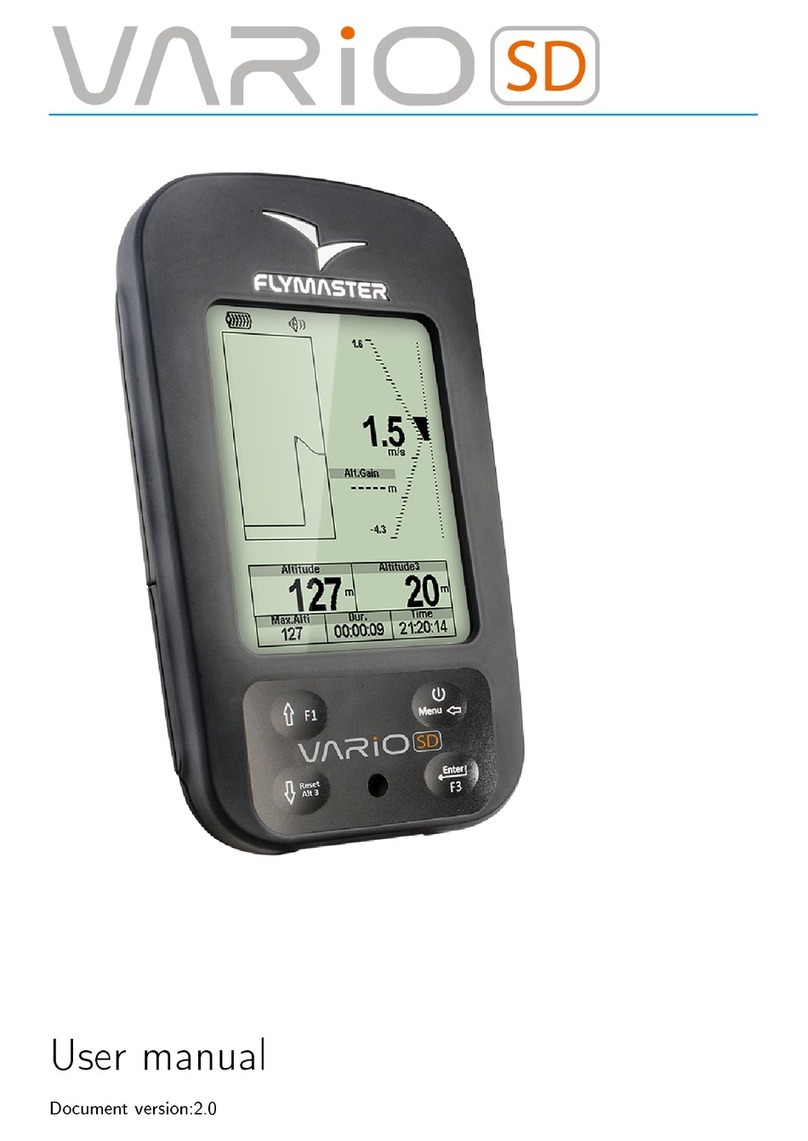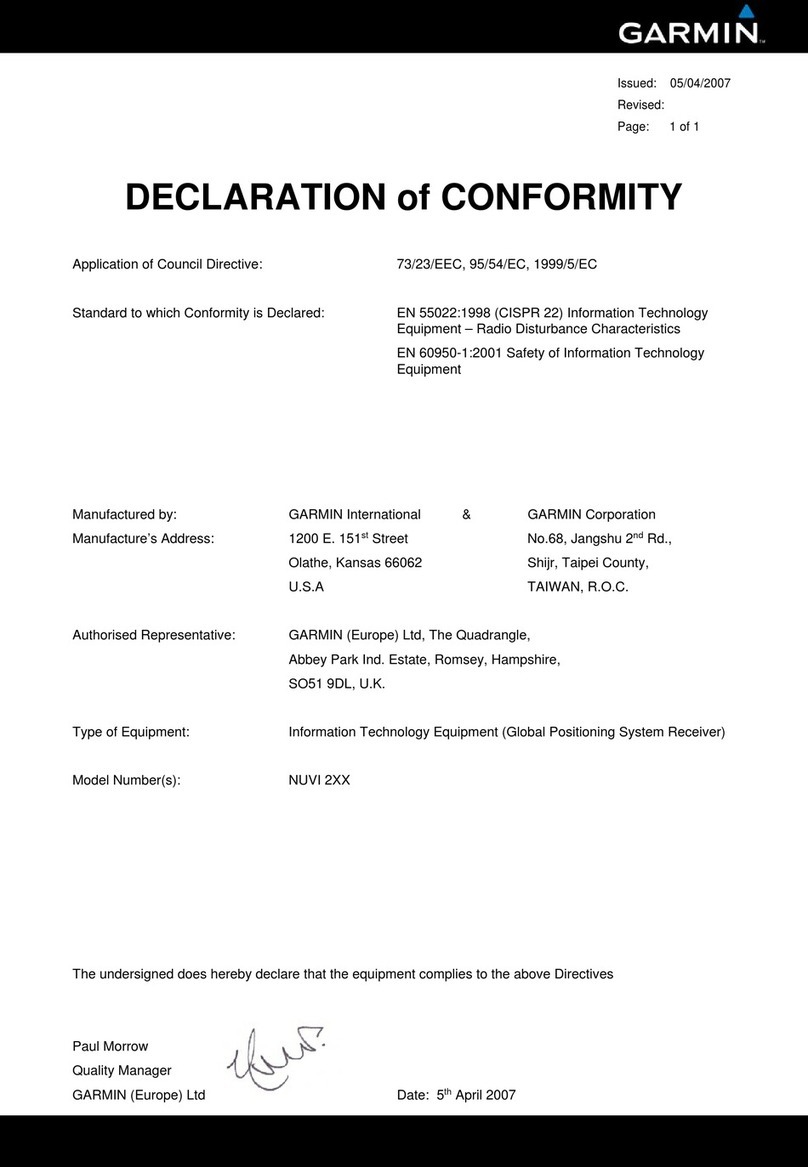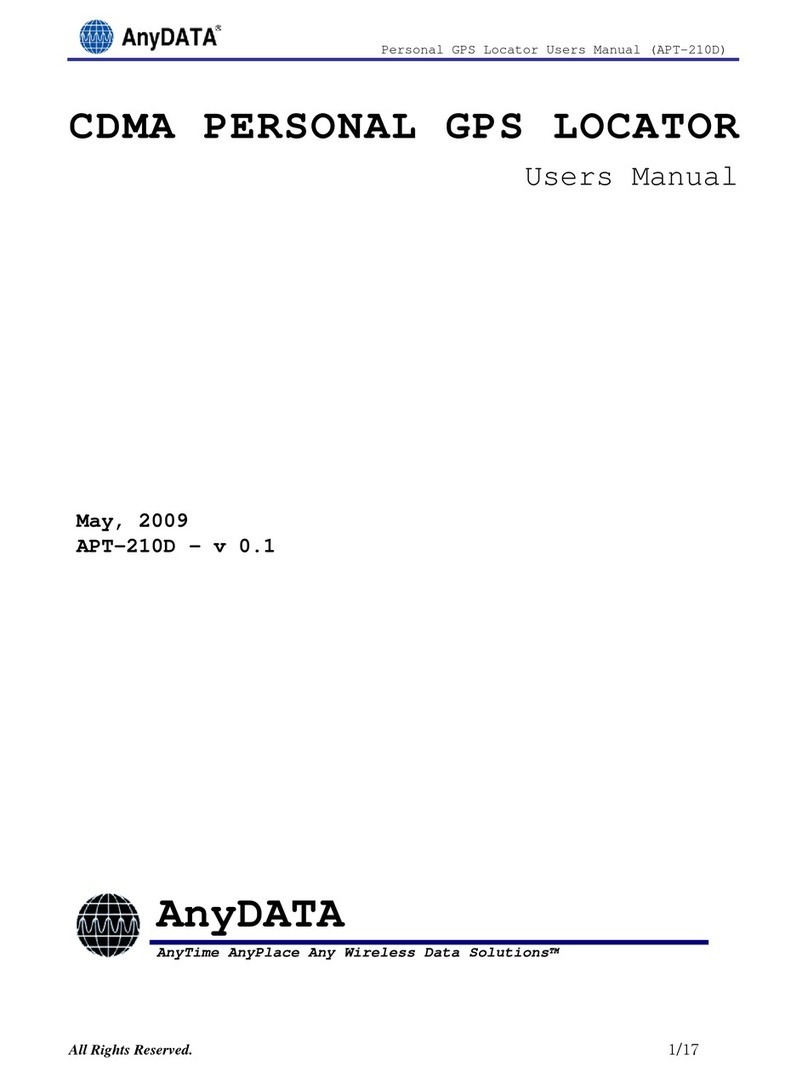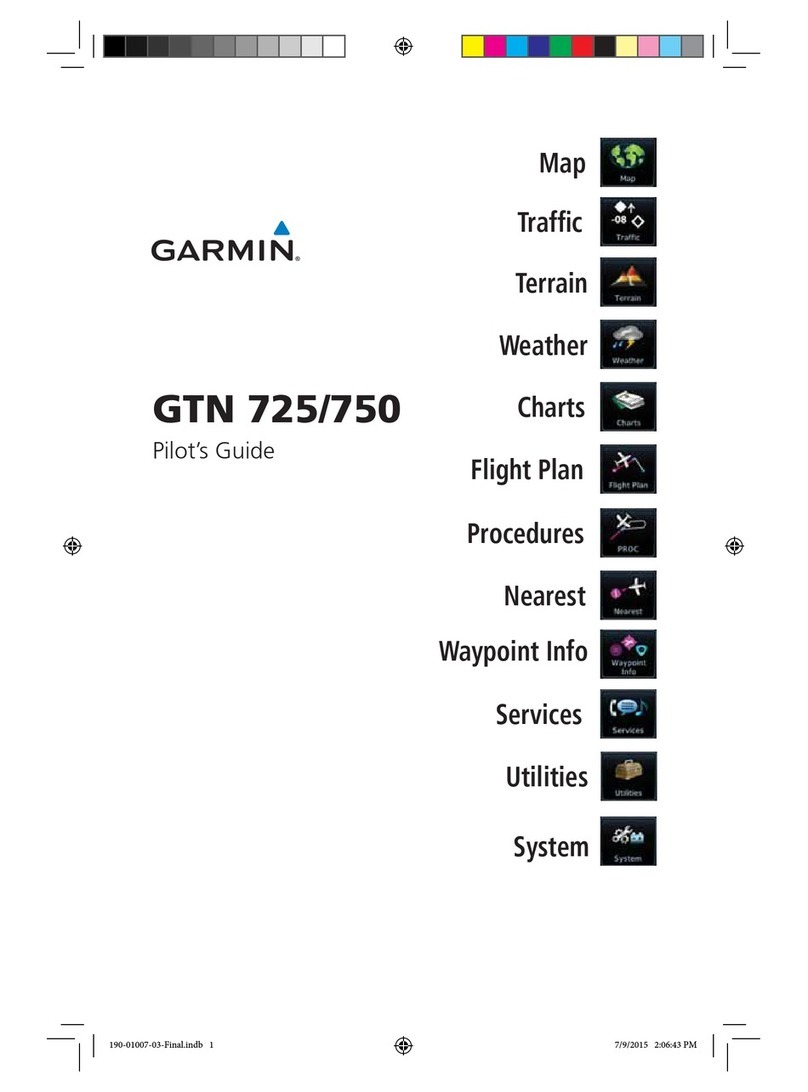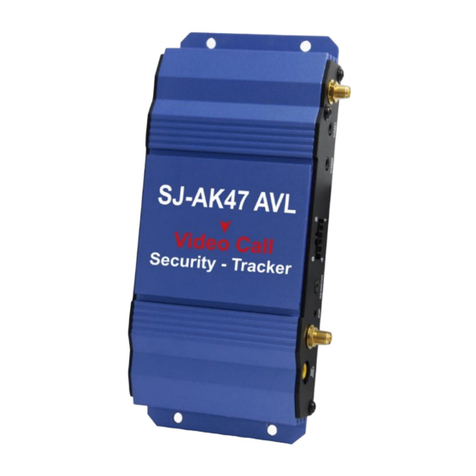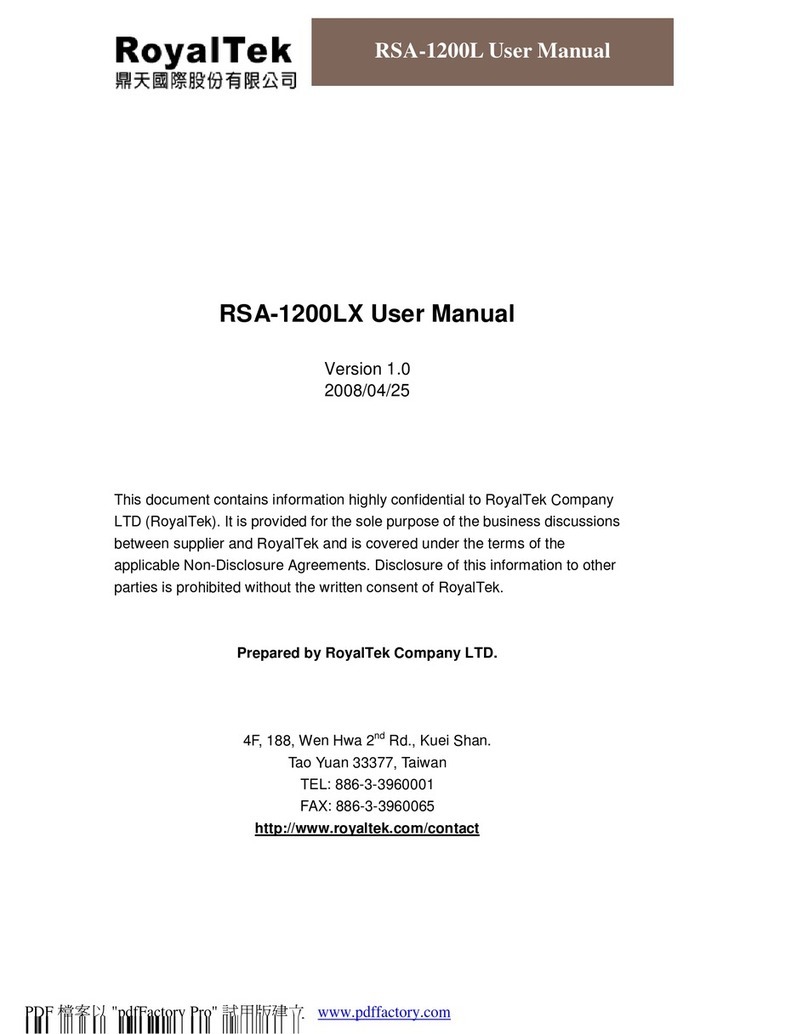bca Tracker3 User manual

Owner’s Manual
Bedienungsanleitung
Manuel D’Utilisation
Manuale Di Istruzioni
Manual De Instruccions

Figure A
•Direction Lights
•Richtungsanzeige
• Achage de la Direction
•Spie Luminose di Direzione
•Luces Direccionales
•Distance Indicator/Battery Power Display
•Distanzanzeige/Batterieladeanzeige
•Indicateur de Distance/Témoin de Batterie
•Indicatore di Distanza/Display del Livello Batteria
•Indicator de Distancia/Estado de Bateria
•Multiple Burial Indicator
•Mehrfachverschüttetenanzeige
•Indicateur Multi Victimes
•Led Indicatore di
Seppellimento Multiplo
•Luz Indicadora de Entierros
Múltiples
•Loudspeaker
•Lautsprecher
•Haut-parleur
•Altoparlante
•Altavoz
•Transmit Light
•Sendekontrolllampe
•Témoin d’Émission
•Spia Luminosa di Trasmissione
•Indicador de Transmisión
•Options Button
•Optionstaste
•Bouton Options
•Pulsante Opzioni
•Botón de opciones

3
•Dial Switch
•Drehschalter
•Composer Passer
•Pulsante di Accensione
•Interruptor
•Sliding Lock
•Schiebeverriegelung
•Curseur de Verrouillage
•Blocco Scorrimento
•Pestaña Deslizante de
Bloqueo
•Dial Switch
•Drehschalter
•Composer Passer
•Pulsante di Accensione
•Interruptor
•Transmit Mode
•Sendemodus
•Mode Émission
•Modalità Trasmissione
•Modo de Transmisión
•Search Mode
•Suchmodus
•Mode Recherche
•Modalità Ricerca
•Modo de Búsqueda
•Battery Door
•Batteriefach
•Logement des Piles
•Sportello Batterie
•Compartmento de Bateria
•Options Button
•Optionstaste
•Bouton Options
•Pulsante Opzioni
•Botón de opciones

4
No avalanche beacon can save lives without a fully trained user. Practice
frequently with your Tracker3 before going into the backcountry. Learn
and understand the inherent dangers of backcountry travel. Become
educated in avalanche hazard evaluation, route selection, and self-rescue.
In addition to your beacon, always carry a probe and shovel—and always
travel with a partner. We also recommend the use of avalanche airbags
and group communication devices, such as two-way radios.
Make sure all rescue equipment is functioning properly before venturing
into the backcountry. Perform a beacon trailhead test every time you use
your Tracker3. Check that all transceivers transmit and receive properly—
and that all receive a signal at a minimum distance of 20 meters.
Do not place cellular phones, communication radios, GPS devices, digital
cameras, or any other electronic equipment within 16” (40 cm) of Tracker3
while performing a transceiver search. In receive mode, irregular readings,
decreased range and multiple burial indications can be caused by these
and other sources of electrical interference, such as power lines, electrical
storms, and electrical generating equipment. In transmit mode, keep
Tracker3 at least 1” (2.5 cm) from other electronic equipment. Use only
alkaline batteries of identical age and brand. Do not use rechargeable,
lithium, Oxyride, PowerPix, or any other non-alkaline battery.
This owner’s manual covers the basic techniques required to use
Tracker3 effectively. To increase your efficiency, order our training
DVD’s and refer to the Advanced Tracker3 Manual on our website:
www.backcountryaccess.com. Here you will also find important
resources for obtaining avalanche education and updates on regional
avalanche conditions.
To ensure warranty protection and to be notied of software updates,
please complete an online warranty registration at:
www.backcountryaccess.com/warranty.
Conforms to the R&TTE harmonized version of the EN 300 718 and meets
or exceeds the requirements of Articles 3.1, 3.2, and 3.3.
Disclaimer:

ENGLISH
5
Avalanche Awareness
This is a basic introduction to avalanche safety and awareness.
We encourage you to read this manual thoroughly. On our website,
you will also nd a list of avalanche instructors. We strongly suggest
taking an avalanche course in your area before venturing into the
backcountry.
Before leaving, call your local avalanche forecast center and determine
the danger level in the area you intend to visit.
U.S. www.avalanche.org
Canada www.avalanche.ca
Europe www.lawinen.org
Figure B Avalanche Forecasts
N
S
E
W
Low
Moderate
Considerable
High
Extreme
Pockets of next danger level
N
S
E
W
Low
Moderate
Considerable
High
Extreme
Pockets of next danger level
Bulletins from your local avalanche forecast center will enable you to
identify the avalanche problems to avoid when planning your route.
Avalanche Awareness
At the trailhead, check that each person has a working beacon, probe
and shovel—and knows how to use them. We also recommend the
use of avalanche airbags and group communication devices, such as
two-way radios.
Learn to recognize avalanche terrain:
• Does this slope have a history of sliding?
• What is the angle and aspect of the slope?
• Will recent weather impact snow stability?
Learn to avoid avalanche terrain:
• Is there any evidence of recent avalanche activity?
• Is the slope angle between 30 and 45 degrees?
• Does the slope you plan to use have dangerous terrain traps
(rocks, trees, gullies, clis, etc.)?

6
Avalanche Awareness
Travel with considerate partners:
• Cross potentially dangerous terrain one at a time.
• Identify and practice stopping in safe zones.
• Have an escape route in mind if the slope does avalanche.
• Communicate with your partners before moving on to the slope.
When traveling in a group, be aware of the errors groups typically
make:
• Recreating at an area that’s been visited without incident before
and feeling condent in its stability.
• Not speaking out or communicating concerns about a path
or slope, fearing conict.
• Being overcondent in the groups’ abilities.
• Determination to reach a destination without re-evaluating terrain
and conditions.
If in doubt, it is always best to avoid questionable terrain and return
when the snow is stable.
If you are caught in an avalanche:
• Yell “avalanche” and wave your arms to alert your group.
• Deploy your avalanche airbag if you have one.
• Try to escape the slide by grabbing trees or rocks or “swimming”
to the side.
• Try to keep your airway clear of snow.
• When you feel the slide slowing, thrust a hand upward in hopes
of it being seen.
• Place your other hand in front of your face to increase the
air space.
• Remain calm, breathe slowly and conserve your air.
Searching for victims:
• Do not go for help! You are the victim’s only chance of survival!
• Establish a last seen point.
• Conrm you are not in danger of a second avalanche occurring.
• Look for visual clues to the victim’s location.
• Begin your signal search for the victim using your avalanche beacon.

ENGLISH
7
Familiarization
Thank you for choosing Tracker3, featuring Tracker2’s famous
ease-of-use in a smaller, lighter package.
Remember, beacon searches are only part of the avalanche rescue
process. It is equally important to practice the probing and shoveling
techniques found later in this section. For training videos on beacon
searching, probing, and strategic shoveling techniques, please visit
www.backcountryaccess.com/education.
Transmit mode: From the ‘O’ position, pull the sliding lock nin the
direction of the arrow and turn the dial switch jon top of Tracker3 to
the transmit (“TR”) position (see Figure C).
Figure C
Top view of
Tracker3.
The battery life is then shown in the distance/battery power display k
in Figure A.
After displaying battery power, Tracker3 ashes “TR” and enters transmit
mode. The transmit light l ashes with every other transmit pulse.
This light will not ash if the battery power is below 20 percent.
In addition to being displayed at startup, the battery power level can also
be checked in transmit mode by pressing the Options button o.
Note: the battery percentage is approximate. Replace batteries mwell
before reaching 20 percent.
When in transmit mode, the Tracker3 cannot be turned to o or search
without pulling back the sliding lock.
Search mode: Pull the sliding lock nand rotate the dial switch to the
search (“SE”) position. In search mode, the display will periodically ash
“SE”until a signal is detected. Upon detecting a transmitting signal,
Tracker3 will begin to display distance and directional readings.
Return to transmit: When in search mode, the sliding lock does not need
to be moved in order to return to transmit mode. Simply rotate the switch
back to the transmit position.The display will ash “TR” and beep for ve
seconds before it begins to transmit.
After 30 minutes in search mode, Tracker3 will beep every ten minutes. After
12 hours in transmit mode, it will beep every two minutes. These beeps are
reminders that there has been no user input and Tracker3 is still on.

8
Familiarization
Adjustment/Fitting
Tracker3 can be worn with or without its harness. When used with a
harness, Tracker3 should be worn underneath your outer garments,
as shown in Figure D.
Shoulder Strap
Waist Attachment Buckle
Waist Strap Lanyard
Lanyard Attachment Loop
Figure D
Distance/directional display should be against your body and transmit light
should be exposed and visible.
To search, remove Tracker3 from its pouch, but keep the harness on and
lanyard attached. If using without a harness, keep Tracker3 in a secure
pocket, preferably in your pants or other garment that won’t be removed
while traveling in the backcountry. Attach the lanyard clip to a zipper or
other solid xture. If the lanyard is removed from harness or clothing for
searching, keep it attached to your wrist with the loop provided.
Power Supply
Tracker3 operates with three AAA alkaline batteries. Use only high-quality
alkaline batteries of identical age and brand. Do not use rechargeable,
lithium, Oxyride, PowerPix or any other non-alkaline battery. Replace with
fresh batteries at the beginning of every season.
If Tracker3 is exposed to excessive moisture, open the battery door m
to help allow the unit to dry. To prevent corrosion of contacts, remove
batteries during extended periods of inactivity. The manufacturer does not
warranty damage caused by battery corrosion.

ENGLISH
9
Operating Instructions
Searching
Tracker3 operates using the 457 kHz international standard frequency.
It is fully compatible with all avalanche transceivers adhering to this
standard. Do not use with 457 kHz transceivers designed for reghter
rescue.
When searching, keep Tracker3 at least 16” (40 cm) away from
electrical equipment, including cell phones and video cameras.
Turn all electrical equipment o if possible.
The search process includes four phases: the signal search, the coarse
search, the ne search, and the pinpointing/probing phase (See Figure E).
Figure E
20 m
20 m
20 m
avalanche path
40 m
Objective: Locate signal
• If no "last seen point," search entire path
• Rotate Tracker in all directions
• Max 40 m between searchers or switchbacks
Objective: Locate smallest distance reading
(strongest signal)
• Use Tracker3 close to snow surface
• Ignore fluctuations in distance and direction
• Begin probing at lowest distance
• Probe in concentric circles 10” (25 cm) apart
Objective: Move quickly to 10m, slowly to 3 m
• Follow general direction of center 3 lights
• Make sure distance readings are decreasing
• Slow down at 10 m
SIGNAL
SEARCH
> 40 m
FINE
SEARCH
< 3 m
COARSE
SEARCH
3–40 m
Signal Search: The signal search refers to the process of establishing a
search pattern and looking for a signal. The search pattern will be dened
by the victim’s last seen area, the size of the slide, and the number of
searchers. Refer to Figure F to establish a signal search pattern. If the slide
is less than 40 meters wide, the signal search path will be directly up or
down the center. If the victim’s last seen area is well dened, the signal
search will follow a direct path along the fall line (up or down) from this point.

10
Operating Instructions
20 m20 m
avalanche path
40 m40 m
Figure F
20 m
20 m
20 m
20 m
avalanche path
40 m
40 m
last seen area
last seen area
Signal search path with one searcher
(slide wider than 40 meters).
Signal search path with multiple searchers
(slide wider than 40 meters).
If the slide is wider than 40 meters and there is no last seen point, cover
the entire slide area by using switchbacks in the search pattern (Figure F).
If multiple rescuers are available, establish a search pattern where the
space between searchers is no more than 40 meters and the distance to
the edges is no more than 20 meters.
Prior to the signal search, be sure that all transceivers are turned to search
mode. Rotate Tracker3 slowly in all directions (Figure G) while moving
along your signal search pattern. While searching, be aware of other
physical clues, such as equipment or extremities protruding from the
snow surface. When no signal is detected, “SE” will ash in the distance
indicator. Once a signal is detected consistently, mark this spot and begin
the coarse search.

ENGLISH
11
Operating Instructions
Slowly rotate the Tracker horizontally and
vertically in your hand, but move rapidly
during the signal search. Do not abandon
your search path until you have captured
a strong, steady signal. Ignore irregular
signals, which can sometimes be caused
by electrical interference.
Figure G
Coarse Search: The coarse search is the portion of the search from where
you have detected a steady signal to where you are close to the victim.
Once the signal is consistently detected, rotate Tracker3 slowly on a
horizontal plane until the center direction light pis blinking.
Tracker3 is now pointed in the direction of the strongest signal. The four
lights on either side of center tell you which way to rotate Tracker3 to
engage the center light. The distance indicator ktells you, in approximate
meters, how far you must travel (1 meter = 1.1 yards or 3.3 feet). If the
number on the distance indicator is increasing, you are on the same axis
as the victim’s signal, but moving in the opposite direction. Turn 180
degrees, engage the center search light again, and continue your search
in the direction Tracker3 is pointing. If you are stationary, but the distance
is signicantly changing, you are probably detecting the signal of another
rescuer. Make sure all rescuers are in search mode before continuing.
You may nd that, while following the directional lights, your route follows
an arc. This is because Tracker3 follows the shape of the electromagnetic
signal coming from the transmitting beacon’s antenna. The distance
displayed is the distance to be traveled along that signal, not the straight-
line distance from you to the victim.

12
Operating Instructions
Fine Search: The ne
search is the nal part of
the beacon search, which
is performed on foot with
the beacon positioned at
or near the snow surface.
The objective of the ne
search is to locate where
the signal is strongest
(distance reading is
lowest) and to reduce
the area to be probed.
Move Tracker3 slowly
in a straight line along
the surface of the snow
during the nal three
meters of the ne search.
The directional lights do
not illuminate in the nal
two meters, so only pay
attention to the distance
readings. From the point
where you have located the smallest reading, “bracket” at 90-degree angles
to the left and then to the right in search of a lower reading (Figure H).
Repeat if necessary along both axes. Begin probing at the lowest distance
reading.
Pinpointing/Probing
At your lowest distance reading, probe in concentric circles, with each
probe hole about 10 inches (25 cm) apart (Figure I). Your probe should
enter the snow perpendicular to the slope. Once you have conrmed the
victim’s location, leave the probe in the snow.
90° 10” 10”
25 cm25 cm
Figure I
3.0
2.0
1.0
2.0
3.0
1.6
1.6
Bracketing: Make sure
you go well past the
low reading to conrm
it is the lowest. When
bracketing, ignore the
directional lights, which
no longer illuminate at
less than two meters.
Do not rotate the
beacon during this
process, as it can
change the distance
readings.
Figure H

ENGLISH
13
Operating Instructions
Shoveling
Shoveling is dicult and consumes the majority of time during an
avalanche rescue. For best results, start shoveling just downhill of the
probe (Figure J). Make sure your hole is at least one “wingspan” wide.
In burials deeper than one meter, excavate downhill about 1.5 times the
burial depth.
1.5 x
burial depth
Figure J
Multiple Burials
Complex multiple burials are rare in recreational settings and usually can
be treated as a series of single burials. When more than one transmitting
victim is within the receiving range of Tracker3, the multiple burial icon q
will illuminate and stay solid. (Note: this icon can occasionally illuminate
irregularly in the presence of electromagnetic noise or when detecting
older analog transceivers). If there are more than two transmitting victims
within range, then the “+” icon will illuminate.
If the multiple burial icon is illuminated and/or Tracker3 displays more than
one distance and direction, then there are probably several victims within
range. Stay in search mode and focus on the closest distance reading,
attempting to engage that signal in the center search light.
Once you are signicantly closer to one signal than the other, Tracker3
will “lock” onto that signal and mask out the others. Once this signal is
isolated, Tracker3 will behave very similar to how it does in a single beacon
search. Once you have located and excavated the rst victim, turn his or
her beacon o if you determine the conditions are safe. If you have a clear
signal, then begin searching for the next victim.
If the close proximity icon “[ ]” is illuminated around the multiple burial
icon, then there are at least two victims in close proximity, both within
approximately ve meters of the searcher. If the searcher is moving fast
and not paying attention, it is possible to move past a signal without
seeing it displayed. In complicated, close-proximity multiple burial
situations where it is not possible to turn o the found victims’ beacons,
it can be helpful to use one or more of the advanced search techniques
found in the Advanced Tracker3 Manual.

14
Advanced Options
For detailed descriptions and operating instructions for the following
Tracker3 features, please read the Advanced Tracker3 Manual at
www.backcountryaccess.com.
• Isolating multiple victims
• Special techniques for close-proximity multiple burials
• Automatic revert from search to transmit mode
• Muting the sound
• Downloading software updates
• Tracker3 diagnostics and eet testing

70
Warranty Information
Limited Warranty
The manufacturer, Backcountry Access, Inc. (BCA), expressly warrants
the workmanship and components of the Tracker3 for ve years after the
date of retail purchase. All parts will be either repaired or replaced free
of charge, including labor, by the manufacturer. This warranty does not
cover damage to the product caused by improper use or excessive wear
and tear. Direct all warranty claims to BCA or your retailer. All claims must
include proof of purchase and a return authorization number. To ensure
warranty protection, please return the enclosed warranty registration card.
Garantiebeschränkung
Der Hersteller Backcountry Access, Inc. (BCA), garantiert während fünf
Jahren ab Kaufdatum für Verarbeitungs und Materialfehler. Alle Teile
werden repariert oder durch den Hersteller gratis ersetzt. Die Garantie
erstreckt sich nicht auf Schäden durch Abnützung oder fehlerhafte
Bedienung. Alle Garantieansprüche sind zu richten an die Verkaufstelle
oder an die jeweilige Landesvertretung.
Garantie
Le fabricant, Backcountry Access, Inc. (BCA), garantit le Tracker3 cinq
ans pièces et main d’oeuvre à partir de la date d’achat. Toute pièce
sera réparée ou remplacée gratuitement, main d’oeuvre comprise, par
le fabricant. Cette garantie ne couvre pas les dégâts résultants d’une
mauvaise utilisation. Toute réclamation devra être adressée à votre
détaillant ou distributeur. Toute réclamation devra être accompagnée de la
preuve d’achat et d’un numéro de SAV.
Limitazioni della Garanzia
Il costruttore, Backcountry Access, Inc. (BCA), garantisce espressamente
la corretta costruzione ed i componenti del Tracker3 per cinque anni
dalla data di acquisto presso il dettagliante. Le parti saranno riparate
o sostituite gratuitamente - ore di manodopera incluse - presso il
costruttore. La presente garanzia non copre i danni al prodotto derivanti
da uso improprio, usura eccessiva o squarcio. Inviate qualsiasi richiesta di
intervento in garanzia al vostro dettagliante o distributore. Tutte le richieste
devono comprendere una prova di acquisto e lo specico numero di
autorizzazione.
Garantía Limitada
El fabricante, Backcountry Access, Inc. (BCA), garantia la fabricanción
y los componentes del Tracker3 por un período de cinco años a partir
de la fecha de compra. El fabricante se compromete a reparar o cambiar
todas las piezas sin costo, incluyendo la mano de obra. Esta garantia no
cubre los daños causados por el uso inadecusdo o desgaste excesivo.
Todas las reclamaciones deberán incluir la prueba de compra así como
el número de autorización de devolución.

Backcountry Access, Inc.
2820 Wilderness Place, Unit H
Boulder, Colorado USA
Phone: 303.417.1345
www.backcountryaccess.com
BCA/K2 Europe
K2 Sports Europe GmbH
Seeshaupter Strasse 62
82377 Penzberg
Germany
Fon: +49 8856 901 – 0
Other manuals for Tracker3
3
Table of contents
Other bca GPS manuals
